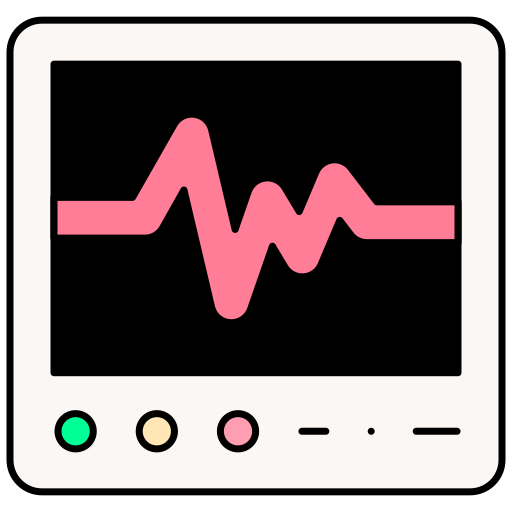Unraveling the Complex Woven Tapestry of Optimal Health: Navigating and Understanding Internal Body Signals for Peak Well-being
In the grand tapestry of human wellness, each thread represents a different aspect of care—a lifestyle tailored to your body’s unique needs, the nutritional nuances that cater to your health requirements, and the meticulous balance between mental and physical harmony. Amidst this intricate pattern, deciphering signals from our bodies is crucial for enhancing our overall health. Let’s delve into how understanding and responding to bodily messages can lead to the peak state of well-being.
**1. The Role of Tuning into Our Body’s Signals**
The first step in unlocking optimal health is listening closely to what your body communicates through both subtle hints and explicit messages. Our body’s language is a vast system, employing various means to express its needs, from physical cues like persistent aches and pains, to psychological indicators like mood swings or sleep disturbances.
**2. Decoding Hunger vs. Hunger Cues**
Hunger signals can guide us towards a nutritious meal but can also be misconstrued, leading to overeating or the intake of unhealthy food choices. Understanding the difference between physical hunger — often characterized by signs like growling stomach or light-headedness — and emotional hunger, triggered by stress or boredom, enables making wise eating decisions that support health.
**3. Recognizing Sleep Patterns**
Sleep disorders, whether related to insomnia, poor sleep quality or excessive daytime sleepiness, are indicators not to be overlooked. Quality sleep is paramount for physical repair, cognitive functions, and emotional balance. Identifying patterns and triggers for your sleep disturbances allows you to adjust lifestyle factors, improve sleep hygiene, or consult with healthcare providers for necessary assistance.
**4. Understanding the Body’s Response to Exercise**
The human body responds differently to physical activity depending on its current condition, from pre-existing injuries to the need for varied work-outs to keep the body in optimal condition. Ignoring warning signs such as lingering pain, excessive fatigue, or reduced performance may signal overtraining or the necessity for a rest day. Balancing rigorous workouts with rest and recovery ensures sustainable fitness, avoiding injuries and burnout.
**5. Listening to Mental Health Indicators**
Mental health indicators such as persistent anxiety, depressive symptoms, or chronic stress can signal deeper issues requiring attention. Recognizing stress triggers and seeking healthy coping mechanisms — whether through meditation, therapeutic activities, or professional help — facilitates emotional well-being, preventing burnout and fostering resilience.
**6. The Integration of Medication and Other Therapies**
Understanding how the body reacts to medication, therapies, or other treatment plans is essential for optimizing health outcomes. Side effects, interactions, and effectiveness of treatments can provide insights into what works best for your specific health profile, guiding necessary adjustments for better results.
**7. Personalizing Your Health Regimen**
With countless resources, personal biases, and conflicting health advice, it’s imperative to tailor health practices to your unique body, lifestyle, and circumstances. Engaging with healthcare professionals, keeping an open dialogue about your experiences, and experimenting with different health strategies allows for an evolving, personalized approach that enhances overall well-being.
Navigating our bodies’ signs of health and well-being requires patience, introspection, and a willingness to adapt. By understanding and responding to these messages, we open pathways to optimal health, fostering a dynamic and resilient state that supports our bodies, minds, and spirits.
Discover a New You with DayStatus – Elevate Your Well-Being with Evidence-Based Tracking!
